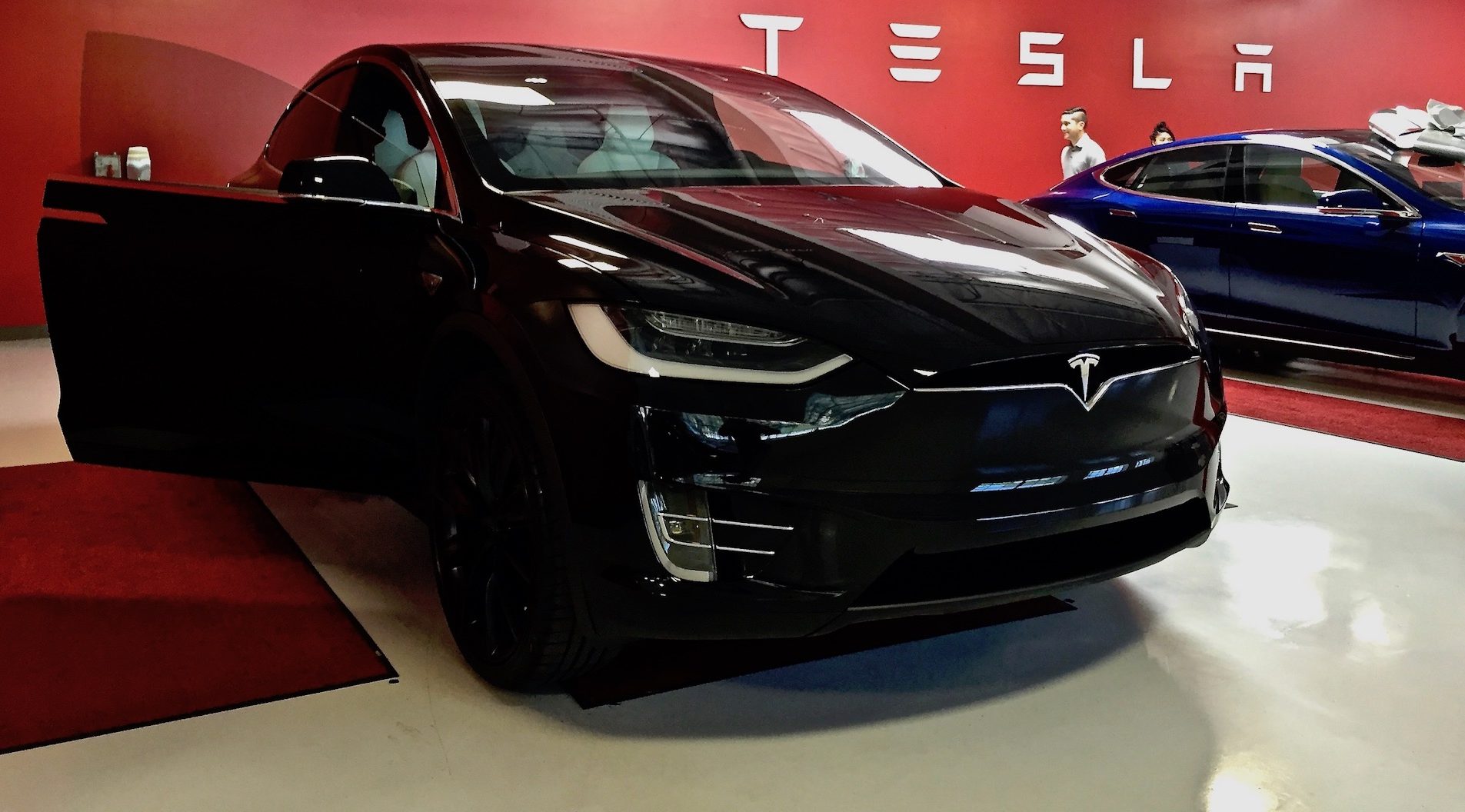
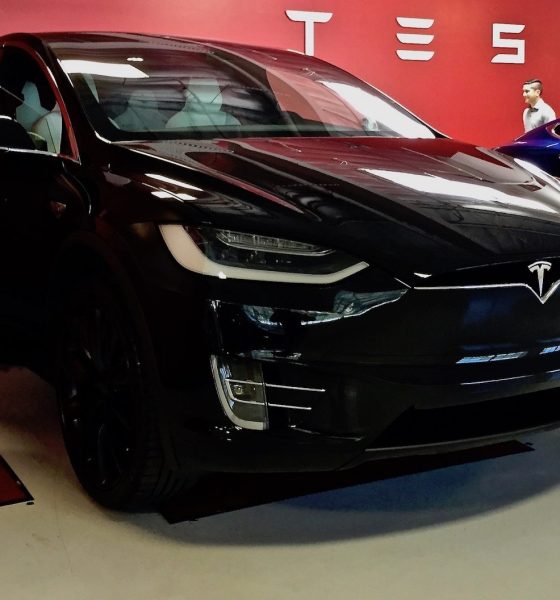
News
Tesla is looking to eliminate contracts for faster vehicle delivery process
In what appears to be yet another initiative to deliver as many of its electric cars as possible to customers, Elon Musk has announced that Tesla is trying to get rid of paper contracts completely. According to Musk, Tesla’s delivery process should be as simple as a tap on a screen. Under the system, returns for Tesla’s vehicles should be a lot simpler as well.
Musk’s Twitter update came as a response to Tesla enthusiast JD Mankovsky, who noted that his sister-in-law has been in a delivery center for hours waiting for her all-electric SUV’s contracts to be finished. Mankovsky stated that there was a backlog in the delivery center’s contract/legal approval level, causing handovers to be delayed. In classic fashion, Musk promptly responded with an idea in tow.
We’re trying to get rid of contracts completely. Should just be “tap here & you get your car”. Then, if you don’t like it for any reason, just return it like any other product.
— Elon Musk (@elonmusk) July 23, 2018
If Tesla does employ what could pretty much be described as a tap and drive system, it would be yet another way for the company to separate itself from the conventions of the traditional auto industry. Issuing and signing contracts, after all, are a well-known, time-consuming aspect of the vehicle delivery process, and it is one practice that Tesla still engages in today. By getting rid of paper contracts, Tesla will separate itself even more from traditional auto sales practices. Such a practice will also make the buying experience of Tesla’s vehicles more similar to consumer tech products than conventional cars.
In a way, using a digital signing system for its vehicles is a strategic move for Tesla. The use of digital contracts, after all, has only been growing over the years. In the United States alone, digital signatures are an option for filing tax returns over the internet, and that is valid in every state today. Tesla would likely need to adapt to additional regulations if or when it starts using digital contracts, but the transition could be done.
Elon Musk’s statement about returning vehicles if customers are not satisfied further emphasizes the idea that Tesla’s vehicles are more like computers on wheels than regular vehicles. Elon Musk has, over the years, underscored the idea that Tesla is a different breed of carmaker, not only in terms of its products but also in terms of its business practices. Returning cars to the company in a manner similar to returning an iPhone to Apple definitely falls under that category. Returned vehicles could even give the company a considerable revenue. Apple, for one, usually uses returned units to be sold later on as refurbished devices. Tesla could employ a similar strategy, opening a lineup between its brand new and CPO offerings.
Looking at Elon Musk’s tweet in the short-term, the removal of traditional paper contracts seems to be yet another way for Tesla to increase its delivery figures. The company, after all, is currently pushing for profitability this third quarter. For Tesla to do this, it would have to deliver as many cars as it can to customers, particularly higher-margin vehicles like the Model 3 Performance, the Model S P100D, and the Model S P100D. Such a system ties in perfectly with the company’s new 5-Minute Sign & Drive system for Model 3 deliveries as well.
In a way, Tesla’s efforts to expedite the deliveries of its vehicles are in the best interests of the company’s customers. Earlier this month, Tesla announced that it had sold its 200,000th electric car in the United States, triggering the phase-out period for the $7,500 tax credit granted to its customers. The tax credit is set to decrease over the next quarters and fully expire by December 2019. Thus, from this point until the end of next year, it would be up to Tesla to deliver as many vehicles as possible to ensure that its customers qualify for a federal tax credit.

Elon Musk
SpaceX’s Starship FL launch site will witness scenes once reserved for sci-fi films
A Starship that launches from the Florida site could touch down on the same site years later.
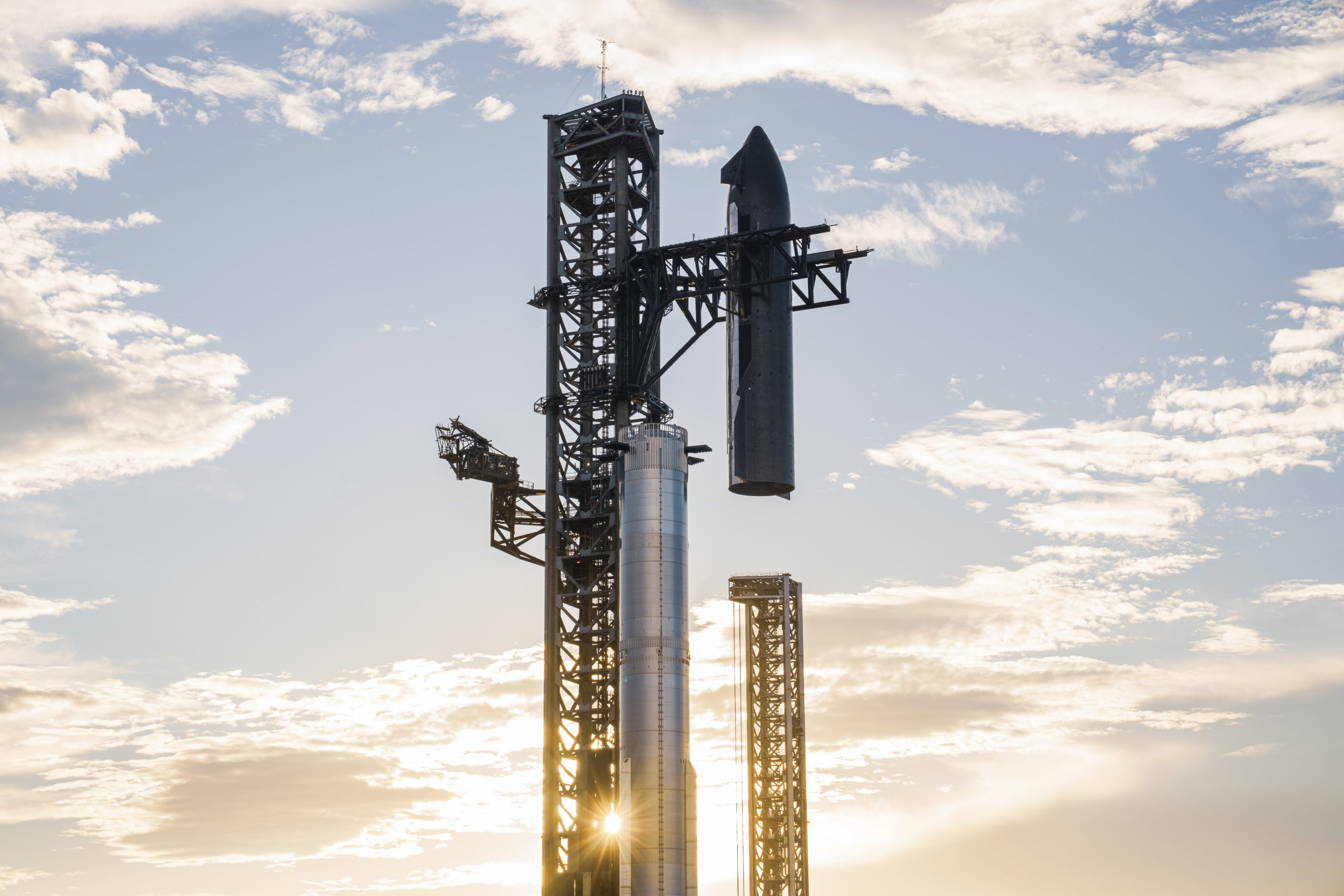
The Department of the Air Force (DAF) has released its Final Environmental Impact Statement for SpaceX’s efforts to launch and land Starship and its Super Heavy booster at Cape Canaveral Space Force Station’s SLC-37.
According to the Impact Statement, Starship could launch up to 76 times per year on the site, with Super Heavy boosters returning within minutes of liftoff and Starship upper stages landing back on the same pad in a timeframe that was once only possible in sci-fi movies.
Booster in Minutes, Ship in (possibly) years
The EIS explicitly referenced a never-before-seen operational concept: Super Heavy boosters will launch, reach orbit, and be caught by the tower chopsticks roughly seven minutes after liftoff. Meanwhile, the Starship upper stage will complete its mission, whether a short orbital test, lunar landing, or a multi-year Mars cargo run, and return to the exact same SLC-37 pad upon mission completion.
“The Super Heavy booster landings would occur within a few minutes of launch, while the Starship landings would occur upon completion of the Starship missions, which could last hours or years,” the EIS read.
This means a Starship that departs the Florida site in, say, 2027, could touch down on the same site in 2030 or later, right beside a brand-new stack preparing for its own journey, as noted in a Talk Of Titusville report. The 214-page document treats these multi-year round trips as standard procedure, effectively turning the location into one of the world’s first true interplanetary spaceports.
Noise and emissions flagged but deemed manageable
While the project received a clean bill of health overall, the EIS identified two areas requiring ongoing mitigation. Sonic booms from Super Heavy booster and Starship returns will cause significant community annoyance” particularly during nighttime operations, though structural damage is not expected. Nitrogen oxide emissions during launches will also exceed federal de minimis thresholds, prompting an adaptive management plan with real-time monitoring.
Other impacts, such as traffic, wildlife (including southeastern beach mouse and Florida scrub-jay), wetlands, and historic sites, were deemed manageable under existing permits and mitigation strategies. The Air Force is expected to issue its Record of Decision within weeks, followed by FAA concurrence, setting the stage for rapid redevelopment of the former site into a dual-tower Starship complex.
SpaceX Starship Environmental Impact Statement by Simon Alvarez
News
Tesla Full Self-Driving (FSD) testing gains major ground in Spain
Based on information posted by the Dirección General de Tráfico (DGT), it appears that Tesla is already busy testing FSD in the country.
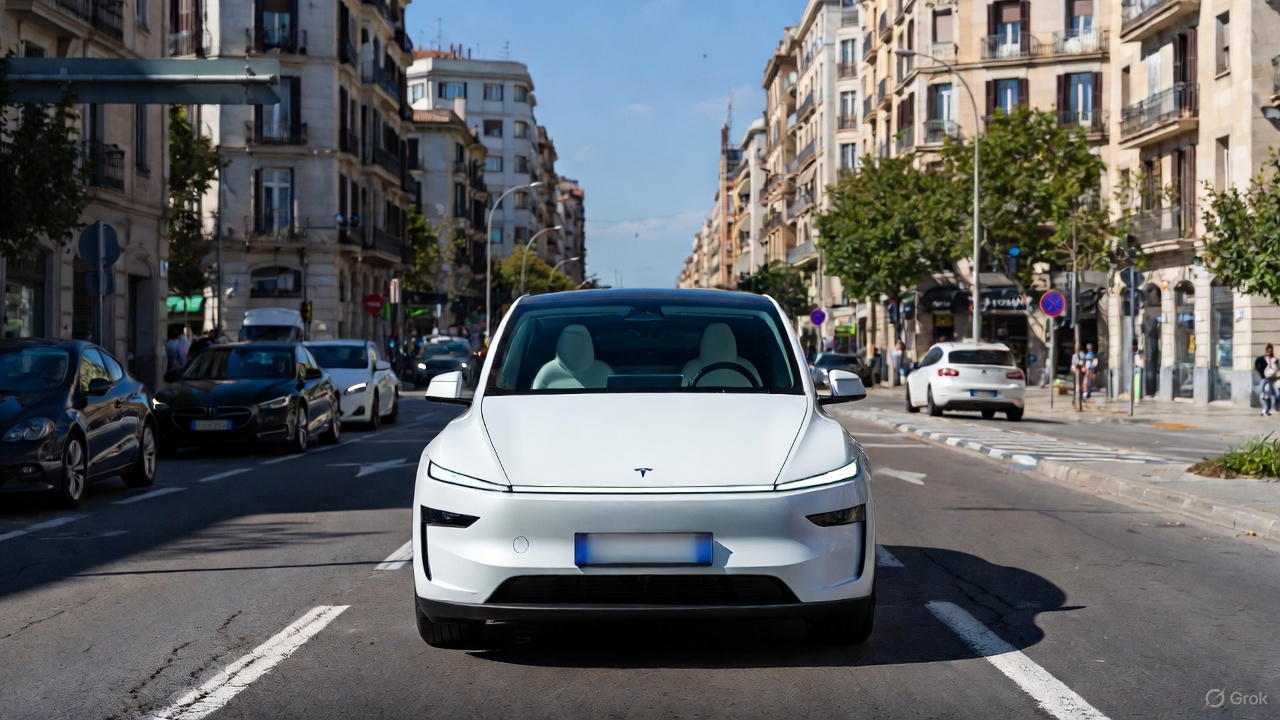
Tesla’s Full Self-Driving (Supervised) program is accelerating across Europe, with Spain emerging as a key testing hub under the country’s new ES-AV framework program.
Based on information posted by the Dirección General de Tráfico (DGT), it appears that Tesla is already busy testing FSD in the country.
Spain’s ES-AV framework
Spain’s DGT launched the ES-AV Program in July 2025 to standardize testing for automated vehicles from prototypes to pre-homologation stages. The DGT described the purpose of the program on its official website.
“The program is designed to complement and enhance oversight, regulation, research, and transparency efforts, as well as to support innovation and advancements in automotive technology and industry. This framework also aims to capitalize on the opportunity to position Spain as a pioneer and leader in automated vehicle technology, seeking to provide solutions that help overcome or alleviate certain shortcomings or negative externalities of the current transportation system,” the DGT wrote.
The program identifies three testing phases based on technological maturity and the scope of a company’s operations. Each phase has a set of minimum eligibility requirements, and applicants must indicate which phase they wish to participate in, at least based on their specific technological development.
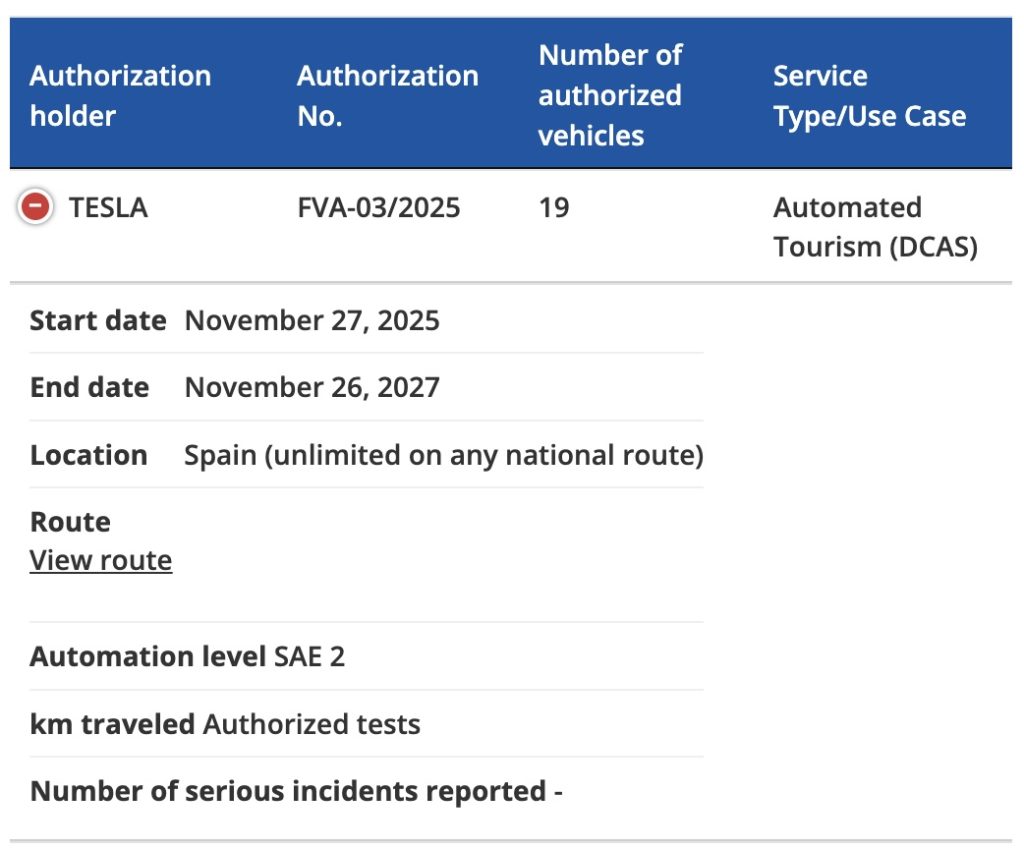
Tesla FSD tests
As noted by Tesla watcher Kees Roelandschap on X, the DGT’s new framework effectively gives the green flight for nationwide FSD testing. So far, Tesla Spain has a total of 19 vehicles authorized to test FSD on the country’s roads, though it would not be surprising if this fleet grows in the coming months.
The start date for the program is listed at November 27, 2025 to November 26, 2027. The DGT also noted that unlimited FSD tests could be done across Spain on any national route. And since Tesla is already in Phase 3 of the ES-AV Program, onboard safety operators are optional. Remote monitoring would also be allowed.
Tesla’s FSD tests in Spain could help the company gain a lot of real-world data on the country’s roads. Considering the scope of tests that are allowed for the electric vehicle maker, it seems like Spain would be one of the European countries that would be friendly to FSD’s operations. So far, Tesla’s FSD push in Europe is notable, with the company holding FSD demonstrations in Germany, France, and Italy. Tesla is also pushing for national approval in the Netherlands in early 2026.
News
Tesla FSD V14.2.1 is earning rave reviews from users in diverse conditions
Tesla’s Full Self-Driving (Supervised) software continues its rapid evolution, with the latest V14.2.1 update drawing widespread praise.

Tesla’s Full Self-Driving (Supervised) software continues its rapid evolution, with the latest V14.2.1 update drawing widespread praise for its smoother performance and smarter decision-making.
Videos and firsthand accounts from Tesla owners highlight V14.2.1 as an update that improves navigation responsiveness, sign recognition, and overall fluidity, among other things. Some drivers have even described it as “more alive than ever,” hinting at the system eventually feeling “sentient,” as Elon Musk has predicted.
FSD V14.2.1 first impressions
Early adopters are buzzing about how V14.2.1 feels less intrusive while staying vigilant. In a post shared on X, Tesla owner @LactoseLunatic described the update as a “huge leap forward,” adding that the system remains “incredibly assertive but still safe.”
Another Tesla driver, Devin Olsenn, who logged ~600 km on V14.2.1, reported no safety disengagements, with the car feeling “more alive than ever.” The Tesla owner noted that his wife now defaults to using FSD V14, as the system is already very smooth and refined.
Adverse weather and regulatory zones are testing grounds where V14.2.1 shines, at least according to testers in snow areas. Tesla watcher Sawyer Merritt shared a video of his first snowy drive on unplowed rural roads in New Hampshire, where FSD did great and erred on the side of caution. As per Merritt, FSD V14.2.1 was “extra cautious” but it performed well overall.
Sign recognition and freeway prowess
Sign recognition also seemed to show improvements with FSD V14.2.1. Longtime FSD tester Chuck Cook highlighted a clip from his upcoming first-impressions video, showcasing improved school zone behavior. “I think it read the signs better,” he observed, though in standard mode, it didn’t fully drop to 15 mph within the short timeframe. This nuance points to V14.2.1’s growing awareness of temporal rules, a step toward fewer false positives in dynamic environments.
FSD V14.2.1 also seems to excel in high-stress highway scenarios. Fellow FSD tester @BLKMDL3 posted a video of FSD V14.2.1 managing a multi-lane freeway closure due to a police chase-related accident. “Perfectly handles all lanes of the freeway merging into one,” the Tesla owner noted in his post on X.
FSD V14.2.1 was released on Thanksgiving, much to the pleasant surprise of Tesla owners. The update’s release notes are almost identical to the system’s previous iteration, save for one line item read, “Camera visibility can lead to increased attention monitoring sensitivity.”









